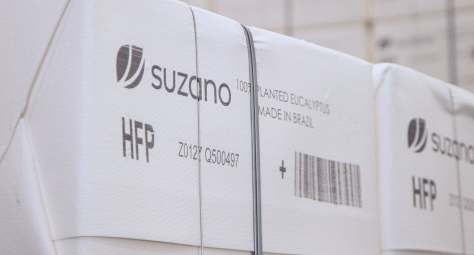sobre o que você deseja falar?


perguntas, sugestões ou problemas técnicos envolvendo a plataforma

informações sobre a empresa


In 2024, we invested BRL 282,456,996.30 in environmental initiatives, a substantial increase from our 2023 investment of BRL 159,966,349. This increase is mainly due to our modernization and improvement projects, including upgrades to electrostatic precipitators and water and waste treatment systems. As a result, these efforts have positively impacted our environmental performance indicators.
Opex fell by 23.4% compared to the previous cycle, from BRL 273,378,816.32 in 2023 to BRL 212,206,427.68 in 2024. The cost of waste treatment remained in line with that reported in the last cycle, at BRL 92,572,737.39.
In 2024, we had BRL 4.2 million in savings from low-cost internal projects conducted by plant operations, which yielded environmental benefits.
The tables below show the following data:
| 2020 | 2021 | 2022 | 2023 | 2024 | |
|---|---|---|---|---|---|
| R$ | R$ | R$ | R$ | R$ | |
|
Total investment in the environment |
89,181,284.09 |
48,029,278.90 |
24,188,433.10 |
159,966,349.00 |
282,456,996.27 |
|
Investments and spending on environmental protection/conservation |
327,499,423.13 |
271,848,597.66 |
316,012,405.69 |
433,345,165.32 |
587,236,161.34 |
|
Investment and expenses with waste treatment and disposal by industrial operation |
84,480,286.87 |
67,166,071.13 |
83,041,519.03 |
84,161,812.34 |
92,572,737.39 |
| 2020 | 2021 | 2022 | 2023 | 2024 | |
|---|---|---|---|---|---|
| R$ | R$ | R$ | R$ | R$ | |
|
Capex |
89,181,284.09 |
48,029,278.90 |
24,188,433.11 |
159,966,349.00 |
282,456,996.27 |
|
Opex² |
238,318,139.04 |
223,819,318.76 |
291,823,972.58 |
273,378,816.32 |
212,206,427.68 |
|
Total |
327,499,423.13 |
271,848,597.66 |
316,012,405.69 |
433,345,165.32 |
494,663,423.95 |
|
Savings |
71,520,888.12 |
118,083,300.10 |
64,207,771.16 |
38,816,981.72 |
4,200,000.00 |